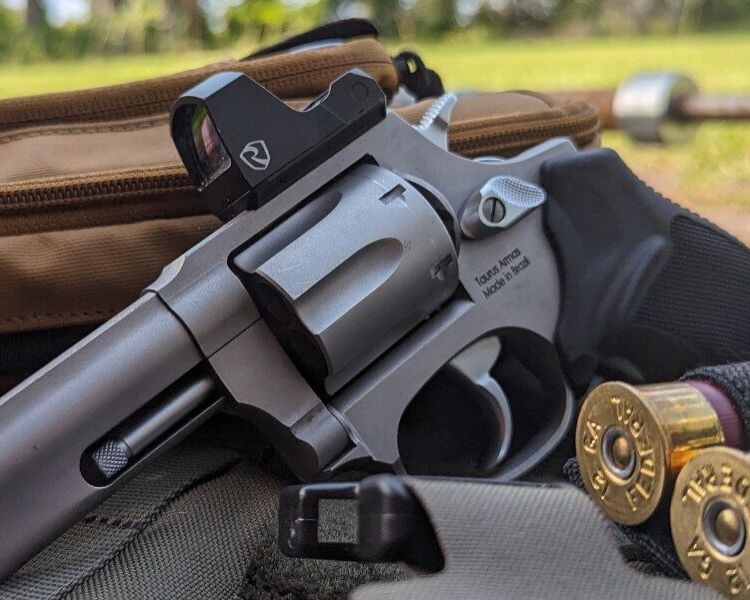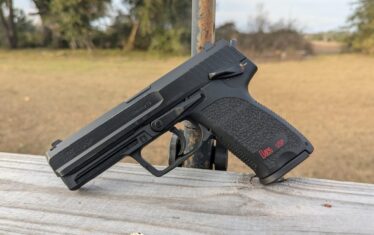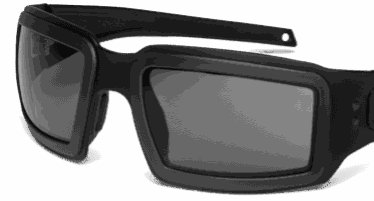The classic six gun is an American icon. As much as the Europeans get to lay claim to rifles and semi-auto handguns, the revolver is largely an American innovation.
The modern world of handguns, especially defensive and duty handguns, focuses on semi-auto handguns and ignores revolvers. The popularity of the semi-auto snuffed out a lot of revolver knowledge.
All of that said, revolvers remain a strong choice for defensive use. The revolver might be a better choice for you, but you might not know it.
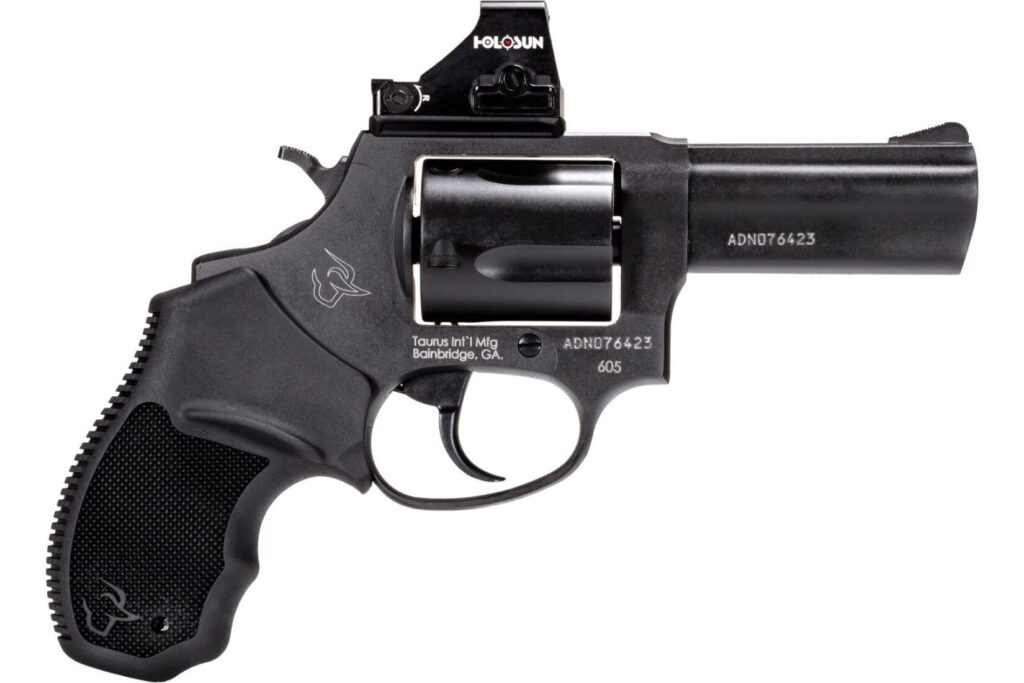
Revolvers can be used for concealed carry, home defense, competition, and hunting. Approaching a revolver in the age of the SIG P365 or Glock 17 might seem silly, but that often comes from a lack of understanding of revolvers and their strengths.
Our aim in this article is to equip you with the knowledge you need to make an informed decision about the type of firearm that suits your self-defense needs. We will start by exploring the world of six guns, providing a comprehensive beginner’s guide to revolvers.
What Is A Revolver?
A revolver is a firearm that utilizes a revolving cylinder to contain its ammunition. Modern revolvers use a fixed barrel with a rotating cylinder, but the earliest models often used rotating barrels arranged in a circular pattern. Some of the first revolvers can be traced back to the 16th century when they used a rotating barrel design.
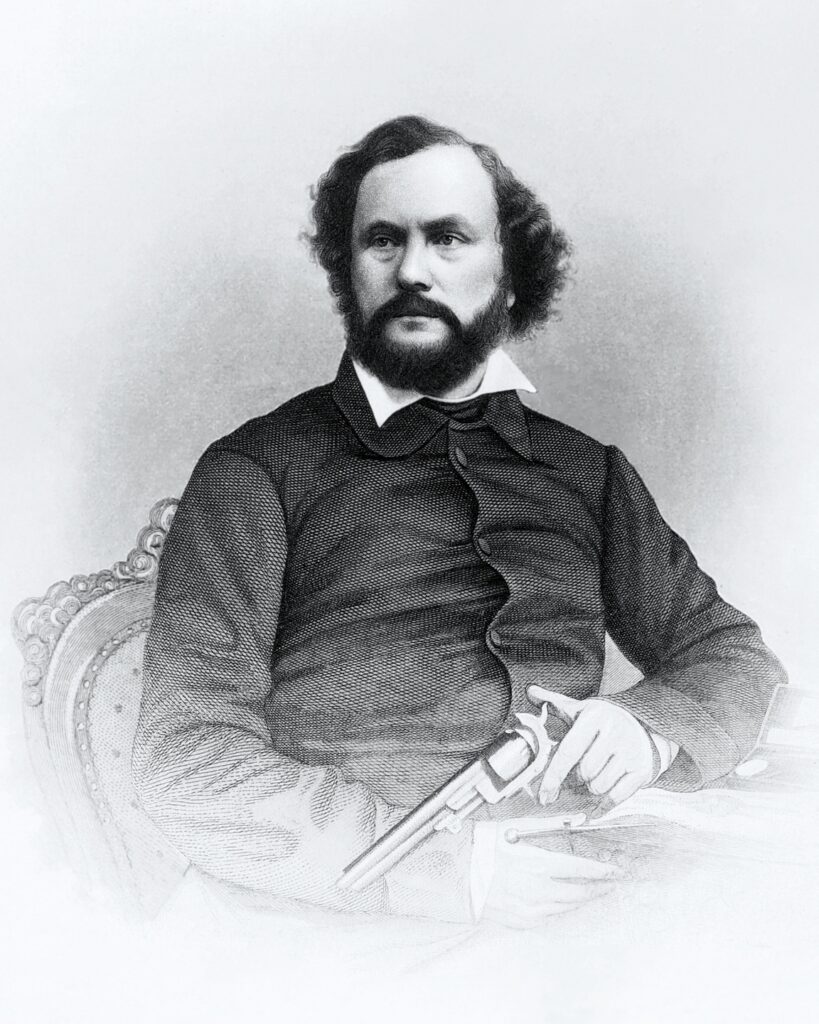
Early revolvers were designed to solve a firepower question. Muzzle-loading firearms of any ignition type are limited by their single chamber and barrel, and reload times are slow and cumbersome. These early revolvers aimed to substantially increase firepower by offering a combination of multiple barrels and barrels that could be preloaded.
Revolvers with fixed barrels and rotating cylinders first appeared in Germany in the 16th century. These guns were unsuccessful and were considered complicated, fragile, expensive to produce, and difficult to operate. This is where the United States comes in and creates the iconic revolver design.
The Colt revolvers
Elisha Collier produced a five-shot, flintlock revolver with a fixed barrel design. It was much simpler and more robust than previous designs. Samuel Colt introduced the Colt Paterson revolver in 1836, which was the biggest contribution to the world of revolvers.

The Colt Paterson allowed the Colt company to improve its revolver designs continually. Other American companies like Smith and Wesson lept into the fray, providing competition to Colt and lent their own innovations to the world of six guns.
Since then, these guns have grown and evolved. Even to this day, we are seeing small but continual improvements to revolvers. Even in the era of semi-auto handguns, you can find a wide variety of revolvers in many sizes, calibers, and configurations.
The Modern Strengths Of Revolvers
Most folks know the weaknesses of revolvers: limited capacity, can be slow to reload, and typically have heavier trigger pulls. They aren’t as modular as automatics and don’t come with many options. Let’s focus on the strengths of revolvers.
Versatility
Revolvers do not rely on the ammunition the weapon fires for it to function. This allows for reliable operation with reduced recoil ammo or even different calibers.
The .357 Magnum can reliably and safely fire .38 Special. The .44 Magnum and .44 Special share the same relationship, as do .22LR and 22 Short and 22 Long. .327 Federal Magnum can shoot .32 H&R and .32 S&W short and long.
As you can see, these guns are very versatile.
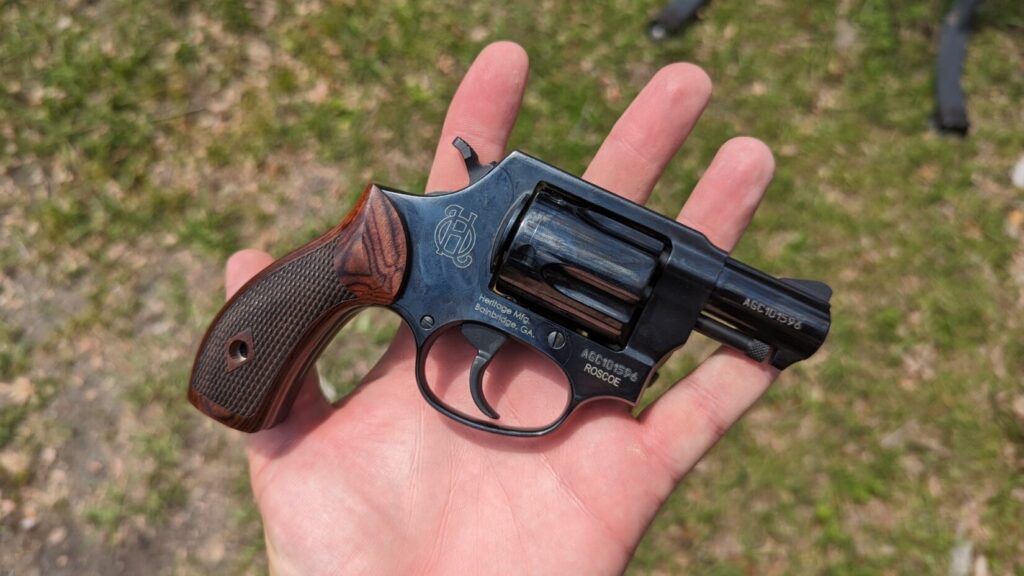
Simplicity
For new shooters, revolvers can be very simple. A new gun owner can look at a revolver and recognize that it’s loaded. Revolvers tend to be self-explanatory, and it’s easy to tell when a revolver’s cocked, when it’s clear, and the state of the firearm. Revolvers are harder to discharge negligently. They are very easy to clean and don’t require any disassembly.
Ease of Deep Concealment
Revolvers can offer you a powerful and capable caliber in a pocket-sized design. They can be the same length, width, and weight as a semi-auto but still be easier to conceal due to their design. They are excellent pocket guns that still offer more than pocket gun power.
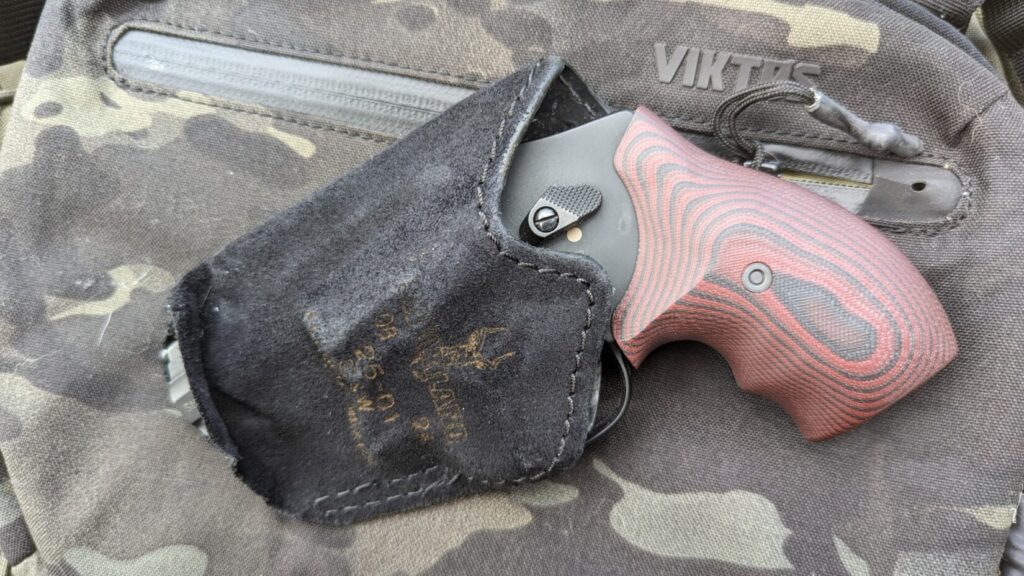
Close Quarter’s Dominance
A revolver can be used in extremely close quarters without the worry of a malfunction. With a semi-auto handgun, the slide can be knocked out of battery or, in extreme situations, have failure to eject issues. A revolver doesn’t face those same problems.
Basic Revolver Breakdown
Revolvers break down into three parts groups: the frame, cylinder, and barrel.
Frame
The frame contains the gun’s controls, houses the internals, provides a grip, and often contains the rear sight. Frame sizes vary depending on the gun, and the varied frame sizes can also equate to high capacity depending on the caliber.

Cylinder
The cylinder contains the weapon’s ammo in individual chambers. Cylinders rotate and align with the weapon’s barrel and hammer. The cylinder is the revolver’s revolving portion. Typically, a cylinder contains five to eight rounds, with some exceptions.
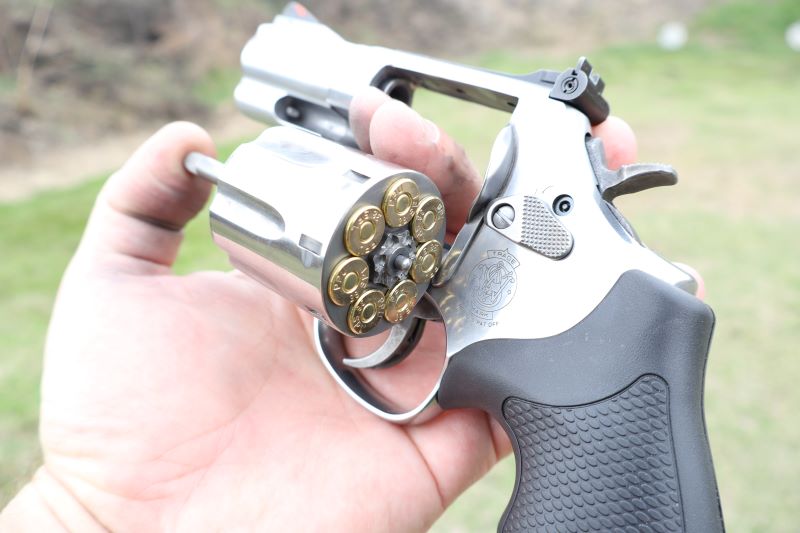
Barrel
The barrel connects to the frame, and the inside of the barrel aligns with a revolver’s chambers prior to firing. Barrels house the front sight and can vary drastically in length.
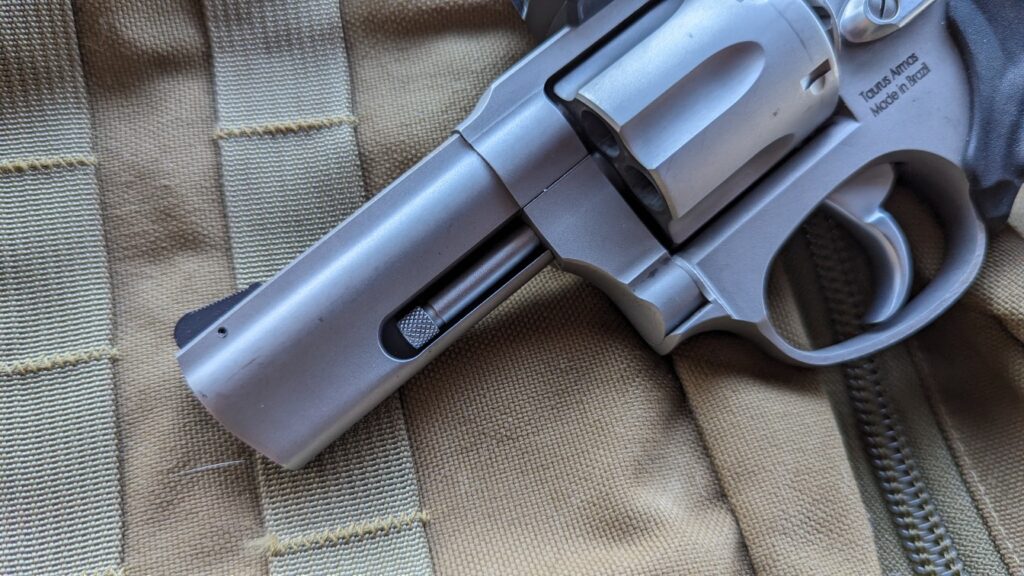
Revolver Sizes
Revolvers vary in size depending on their use. Different companies categorize these frame sizes differently. They tend to fall into one of four different frame types: compact, medium, large, and extra large.
Compact Frames
Compact frame revolvers are typically used for concealed carry or as backup guns. They tend to have five-shot cylinders unless they chamber a .32 or .22 caliber cartridge and may hold anywhere from six to eight rounds.
Compact frame guns often feature small grips and short barrels. Barrel length varies from 1.87 inches to 3 inches on average.
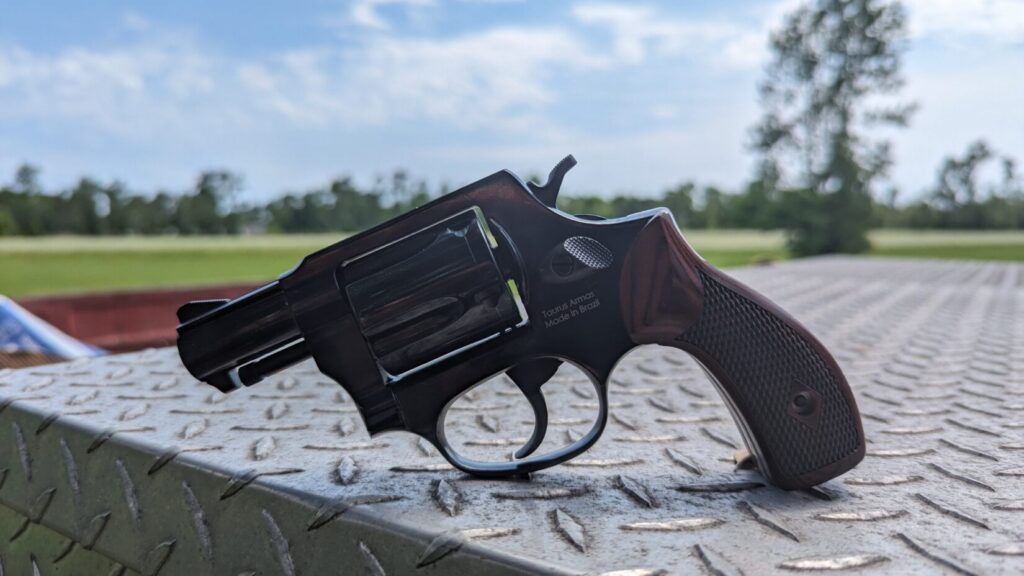
Medium Frame
Medium frame revolvers are typically six-shot designs, as well as seven and even eight-shot guns. They feature a wider frame to accommodate the six-shot cylinders. The grips tend to be longer, hand-filling, and make the gun easier to control. Barrel lengths can vary widely, from two to six inches, with four being one of the more common lengths.
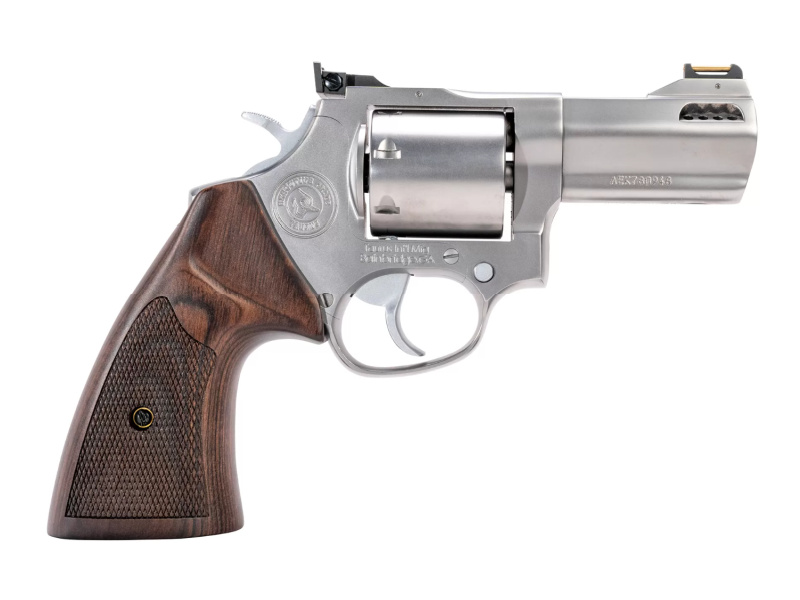
Large Frame
Large frame revolvers can vary in capacity depending on caliber. This is where we get into the more powerful magnum loads. The large frame allows for a larger cylinder to house the extra rounds. Calibers like .357 Magnum can hold anywhere from seven to eight rounds. The grips are often large and designed to help absorb recoil.

XL Frame
Revolvers are historically the most powerful handguns. When you get into ultra-powerful magnum rounds like the .500 S&W or even rifle rounds, the XL frames come into play. These guns are usually designed for hunting and feature long barrels and massive grips.
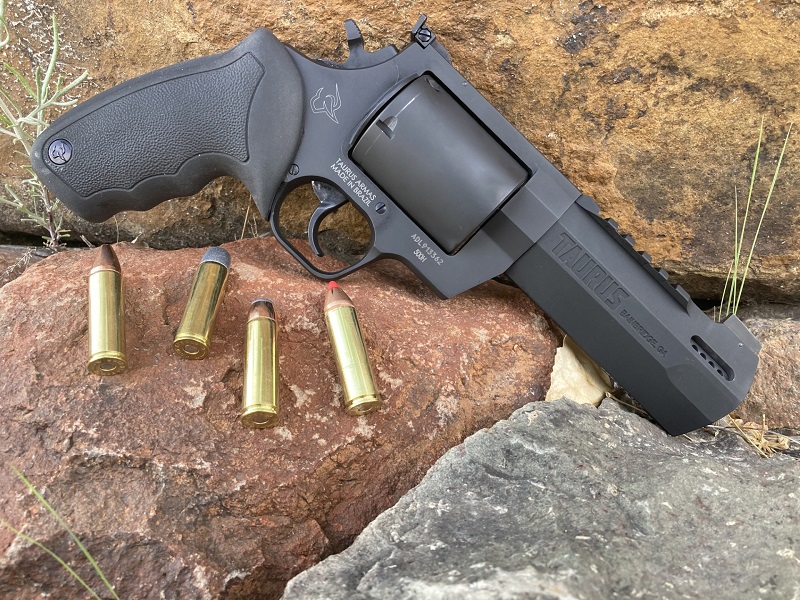
revolvers and Action Types
Revolvers have three main action types: single action only, double action only, and double action. Each corresponds to the weapon’s trigger and directly affects the firearm’s handling.
Single Action Only
Single Action revolvers require you to manually cock the hammer between each shot. The user cocks the hammer, and the cylinder rotates as the hammer cocks. Single action refers to the fact that the trigger only commits one action: firing the weapon.
The triggers on these guns are very light. Single-action revolvers are often replicas of older models or are used for large hunting and silhouette shooting.
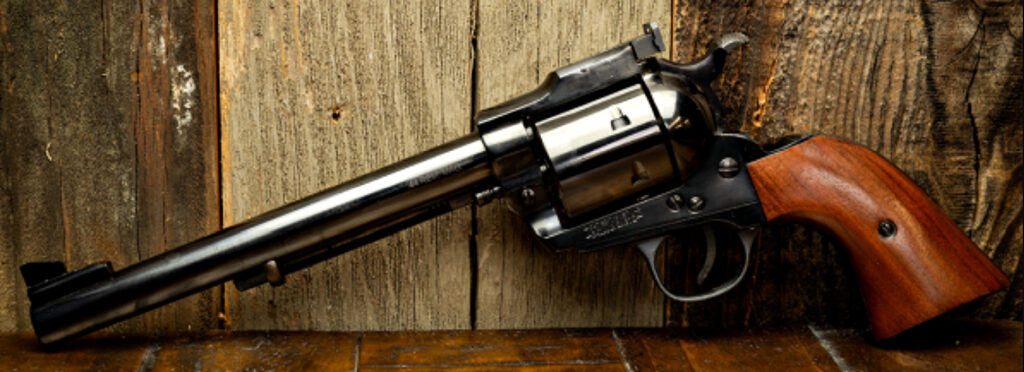
Double Action Only
In a double-action revolver, the trigger performs two actions. It cocks the hammer and then fires the gun. When you pull the trigger the cylinder rotates and gun fires. Double Action Only revolvers tend to have a trimmed or concealed hammer. Concealed carriers often use DAO guns.
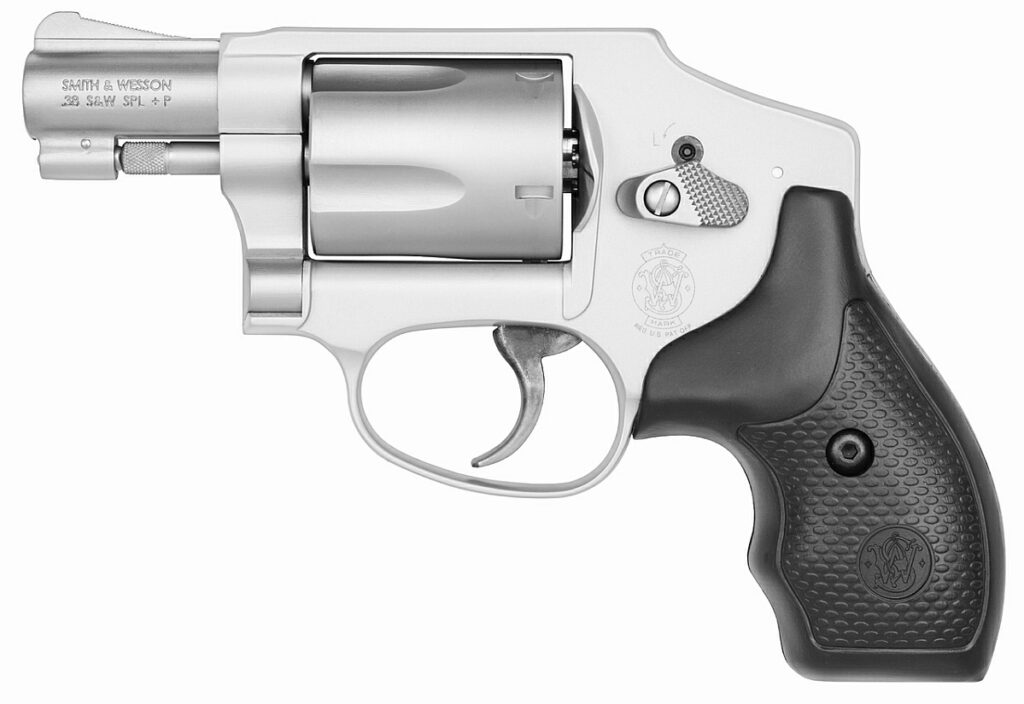
Double Action
A modern double-action revolver will allow the shooter to choose between a double-action or single-action shot. The user can manually thumb back the hammer for a super short and light trigger, or fire the gun with the longer double-action pull.
These are the most common revolvers on the market and are used for concealed carry, home defense, hunting, and competition.
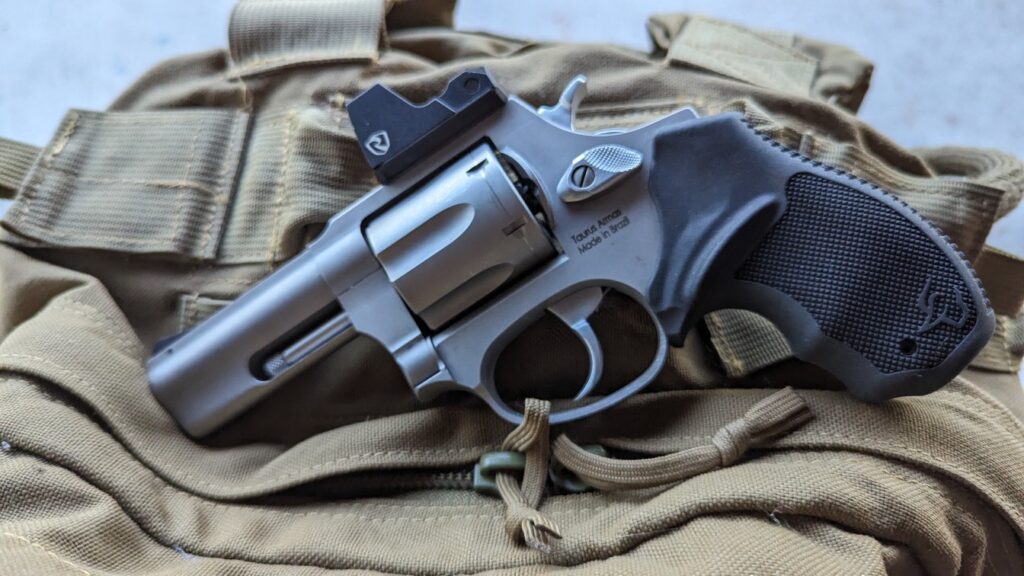
Revolver Safety Devices
Revolvers and manual safeties don’t go together often. There are some very rare revolvers with manual safeties, but they are fairly obscure. Modern revolvers feature a transfer system that prevents accidental discharges. The longer double-action pull of most revolvers is enough to prevent negligent discharges, and the four rules of gun safety can prevent all negligent discharges.
Slinging the Six Gun
Revolvers are simple weapons. They have several benefits that can’t be ignored. While it’s easy to think of them as outdated, they still have a degree of relevance in the modern world.
These weapons excel for concealed carry, especially when pocket-carried. They are versatile, accurate, and capable tools for self-defense. A little understanding can go a long way.





